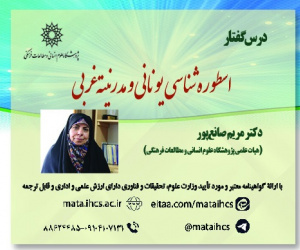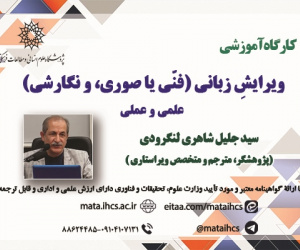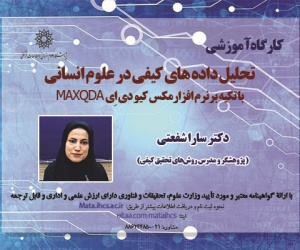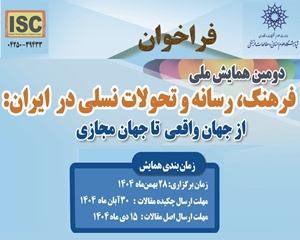شناخت شناسی امنیت در منطقه آشوب زده؛ نشانه ها و فرآیندها
آرشیو
چکیده
کشورهایی از جمله ایران که در منطقه آشوب زده قرار دارند، عموماً با چالش های امنیتی روبرو می شوند. بخشی از چالش های امنیتی مربوط به منازعات محیطی و رویارویی بازیگرانی است که همواره تلاش دارند تا موازنه قدرت منطقه را تحت تأثیر قرار دهند. داعش در سال های نخستین دهه دوم قرن 21 و اسرائیل در سال های 24-2023 سیاست های خشونت آمیزی را در محیط منطقه ای بکار گرفته که منجر به گسترش چالش های امنیتی گردیده است. از آنجایی که کنترل این چالش های امنیتی از طریق نهادهای بین المللی و قدرت های بزرگ وجود نداشته، نطقه آشوب زده در منطقه شکل گرفته است. در چنین شرایطی جمهوری اسلامی می بایست از سازوکارهای «تحرک ژئوپلیتیکی»، «اراده عملیاتی» و «موازنه تاکتیکی» برای ایجاد ثبات و امنیت منطقه ای استفاده نماید. حال این پرسش مطرح می شود که «منطقه آشوب زده در خاورمیانه و جنوب غرب آسیا دارای چه نشانه هایی بوده و چگونه می توان روندهای گریز از مرکز بازیگران منطقه آشوب زده را کنترل و مدیریت نمود؟» فرضیه مقاله به این موضوع اشاره دارد که «منطقه آشوب زده فاقد منطق راهبردی و ساختار امنیتی بوده و در نتیجه لازم است که ایران از سازوکارهای تحرک ژئوپلیتیکی اراده عملیاتی و موازنه تاکتیکی برای کنترل تهدیدات استفاده نماید. برای درک واقعیت های محیط آشوب زده از رهیافت و اندیشه نظریه پردازانی همانند «جیمز روزنا» و «رابرت کیگان» استفاده می شود. هر یک از نظریه پردازان یاد شده تلاش داشتند تا واقعیت ساختار و الگوی کنش بازیگران در منطقه آشوب زده را در سال های پس از جنگ سرد تحلیل و تبیین نمایند. در تنظیم مقاله از «رهیافت تحلیل داده ها» استفاده می شود. این رهیافت مبتنی بر نشانه هایی از تحلیل الگوی کنش رفتاری بازیگران محیطی و قدرت های بزرگ خواهد بود.Epistemology of Security in the Chaotic Region: Signs and Processes
Countries like Iran, which are located in a chaotic region, generally face security challenges. Part of these security challenges stems from environmental conflicts and confrontations with actors who are constantly trying to influence the regional balance of power. In the early years of the second decade of the 21st century, ISIS, and in 2023-2024, Israel, adopted violent policies in the regional environment, which have led to the expansion of security challenges. Since controlling these security challenges through international institutions and major powers has been absent, a chaotic point in the region has emerged. In such a situation, the Islamic Republic of Iran must use mechanisms of "geopolitical mobility," "operational will," and "tactical balance" to establish regional stability and security. This raises the question, "What are the signs of the chaotic region in the Middle East and Southwest Asia, and how can the centrifugal tendencies of actors in the chaotic region be controlled and managed?" The article’s hypothesis indicates that "the chaotic region lacks strategic logic and a security structure, and therefore, Iran must use mechanisms of geopolitical mobility, operational will, and tactical balance to control threats." To understand the realities of the chaotic environment, the approaches and thoughts of theorists like James Rosenau and Robert Kagan are employed. Each of these theorists attempted to analyze and explain the reality of the structure and behavior patterns of actors in the chaotic region in the years following the Cold War. The article is based on the "data analysis approach," which relies on signs of analyzing the behavior patterns of environmental actors and major powers.







